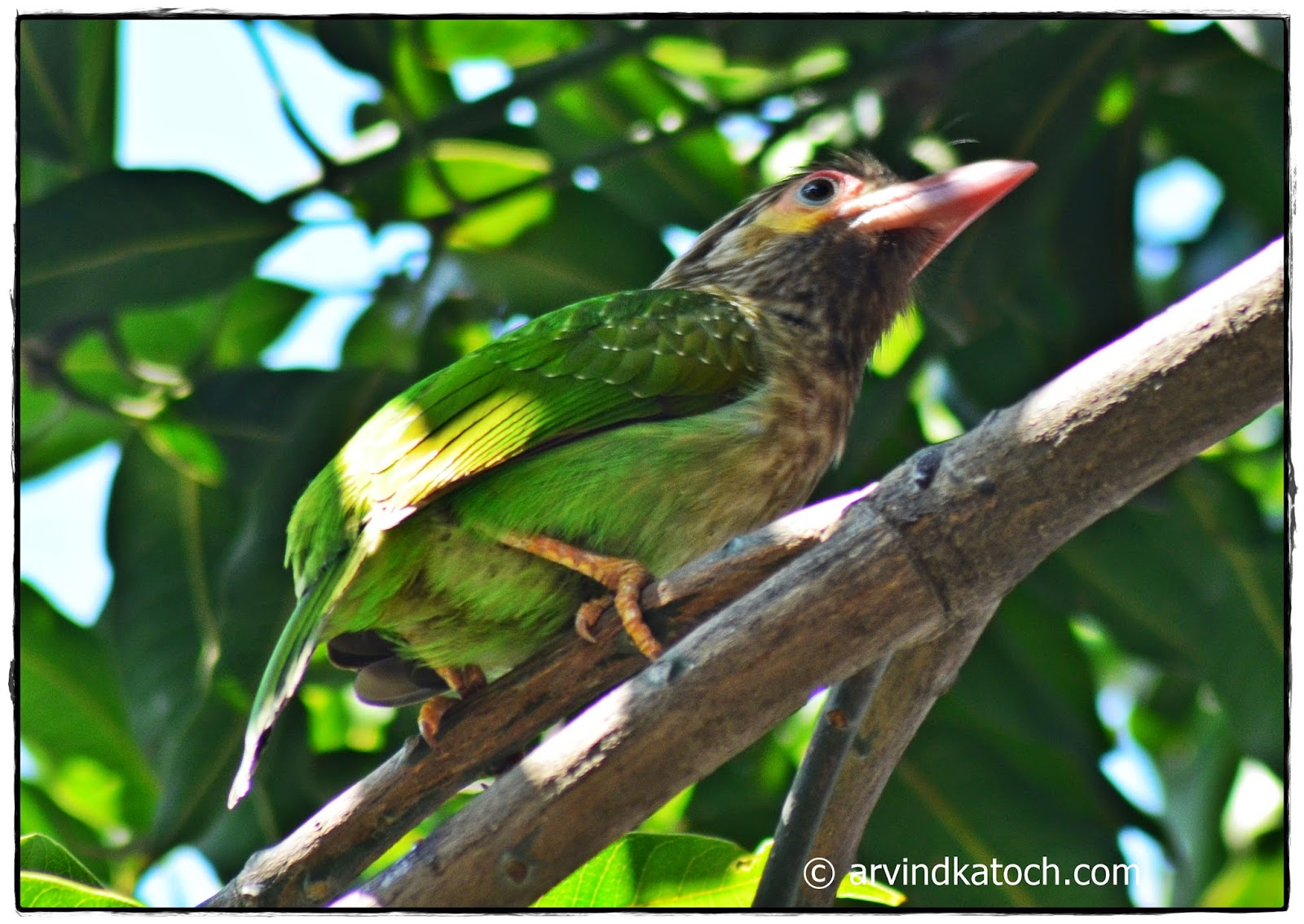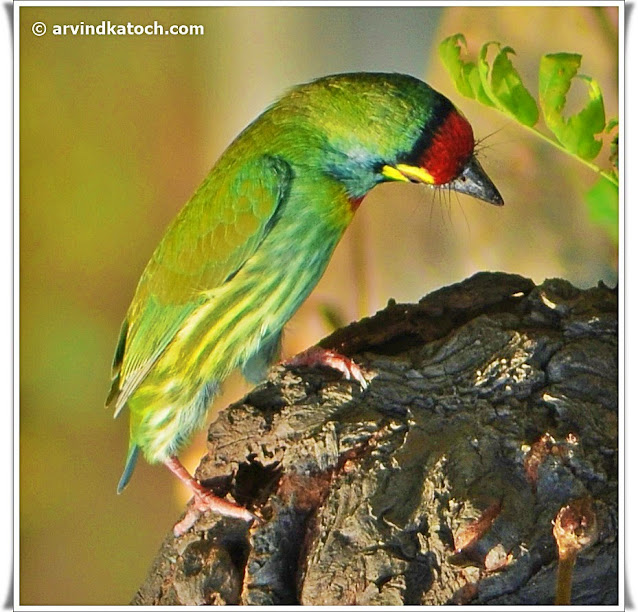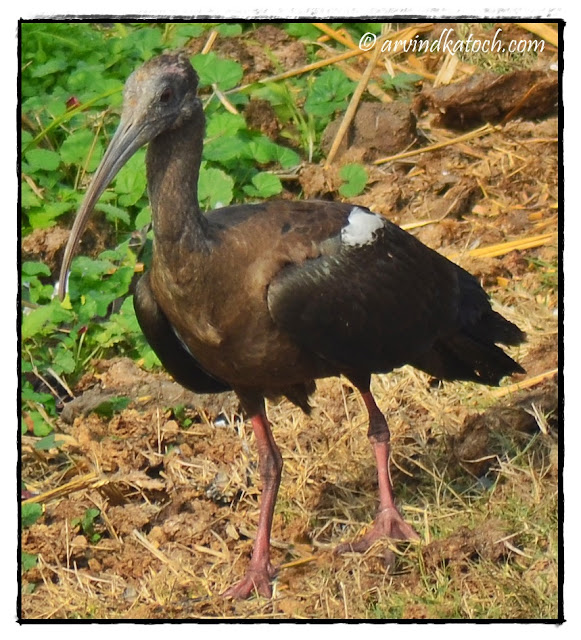House Sparrow (Passer domesticus) Pictures and Detail (A Tiny Bird which almost disappeared from India a few years back) Saving House Sparrow
 |
| House Sparrow Female |
 |
| House Sparrow Male |
House Sparrow (Passer Domesticus) Pictures and Detail
Up to a few years back, House Sparrows never needed any special introduction in India because it was very common to see these tiny beautiful birds around the human habitats in cities and villages. However, within the last five-six years, they almost disappeared from most Indian cities and villages.
I know these birds very well because many of the House Sparrows were visiting our home since my childhood. They used to come very close to my mother when she was cleaning rice or other grains so that they can catch the rice or grain which is thrown out by her.
-------Support this Blog and my Bird Photography------
 |
| Group of House Sparrow eating Left away Rice |
We are also starting to feed these birds with rice or leftover food and they become daily visitors to our home. Everything was fine till 10 years back when House sparrows were visiting our home; however, then suddenly it becomes rare to see these birds. For around 10 years, I rarely saw these birds and they even almost disappeared from remote villages in Himachal Pradesh.
In some states of India, their population decreased by 80%, which was a big alarm for the bird watcher. Initially, the Indian government did not recognize this threat, but later the survey conducted by the Indian Council of Agriculture Research confirmed a sharp decline in the population of House Sparrow. This tiny bird is almost on the red list in many European Countries like the UK and Netherland.
 |
| Sparrow Female |
House Sparrow is also very common in Himachal Pradesh. Here also the population of bird decreased significantly; however, now they are reappearing. Below find pictures of House (Common Sparrow) from Himachal Pradesh (India)
 |
| House Sparrow Male (Himachal Pradesh) |
What happened to House Sparrows who have a 10000 year old history of living with human beings. There are many reasons cited for the disappearance of House Sparrows in India like
1) Increase use of air conditioners,
2) Electromagnetic rays coming from Mobile Towers and Cable wires,
3) Excess use of Mosquito Repellents,
4) Removable of Indigenous Grass with Foreign grass,
5) Decrease in availability of seeds,
6) Decreasing Tree Cover
7) Decrease in suitable places to make nests
8) No availability of mud to take a bath.
9) Some disease
10) Use of unleaded Petrol
Many Scientists believe that the disappearance of the house sparrows is an alarm for humans to correct their lifestyle. These birds are being very sensitive to any change and if they are living humans or they are disappearing, then it is a sign to change our lifestyle, otherwise, the whole of the human race may disappear in the near future.
There may be many reasons cited for the disappearance of House Sparrows in India; however, I believe that one of the main reasons was high radiations coming from the Mobile Towers because as the Supreme Court of India ordered Telecom companies to decrease the radiation level of their towers, soon after that I started noticing an increase in their population in some pockets.
Introduction to House Sparrow -
The Scientific name of the House Sparrow is (Passer domesticus)
House Sparrow commonly eats grains, seeds, weeds of grass, small insects, etc. Many people keep these birds as pets and they are believed helpful in killing harmful insects. These birds have beautiful call and they make different calls as per the season.
House sparrow breed in the season of March to August. These birds are very social in nature and they love to move out in groups. They can be seen feeding their kids by putting food in their mouth. In House Sparrows males find or create the nest. Its nest is made of dried grass, feathers, paper etc.
The Male House Sparrow has adark brown feathers with black lines. They do have a black patch on their throat, which is missing in female sparrows. Female House Sparrows have light brown feathers with black lines. Both male and female sparrows have whitish belly. These birds are believed as pests because they steal grains from fields and houses.
House Sparrows are very adaptable in nature and they love to eat human leftover like as you see House Sparrow eating cooked rice in the above pictures.
Signs of Revival of House Sparrow Population
House Sparrow commonly eats grains, seeds, weeds of grass, small insects, etc. Many people keep these birds as pets and they are believed helpful in killing harmful insects. These birds have beautiful call and they make different calls as per the season.
House sparrow breed in the season of March to August. These birds are very social in nature and they love to move out in groups. They can be seen feeding their kids by putting food in their mouth. In House Sparrows males find or create the nest. Its nest is made of dried grass, feathers, paper etc.
 |
| House Sparrow |
The Male House Sparrow has a
House Sparrows are very adaptable in nature and they love to eat human leftover like as you see House Sparrow eating cooked rice in the above pictures.
Signs of Revival of House Sparrow Population -
Though, still in danger, I recently noticed some revival signs in House Sparrow population in some of the pockets in villages of Punjab. They are still missing from most of cities of India. With the reduction of radiations from Mobile Towers, a decrease in the use of pesticides in the fields; we can hope to see more increase in their population in the coming future.
How we can help in saving House Sparrow-
To increase awareness about birds like House Sparrow, "World Sparrow Day" is celebrated on 20th March every year. It is the duty of every Indian to help in the revival of the population of Hosue Sparrow. We can follow the steps written below to increase their population again.
1) By Planting more Trees
2) Feeding House Sparrows
3) Put water pots outside the home or in the garden so that House Sparrow can rehydrate.
3) Put water pots outside the home or in the garden so that House Sparrow can rehydrate.
3) Useless insecticide and pesticide in the Fields
4) Switching off the Wi-Fi when it is not in use
5) Making our garden sparrow friendly
6) By creating less air or noise pollution
7) By stopping eating chemically treated seeds or pulses
8) Preferring indigenous grass over a foreign one
9) By Decreasing use of Mosquito repellents
Following these steps, we can help Indian House Sparrow who is fighting for survival. These are very beautiful tiny birds who have more than 10,000 years association with human.












nice
ReplyDelete